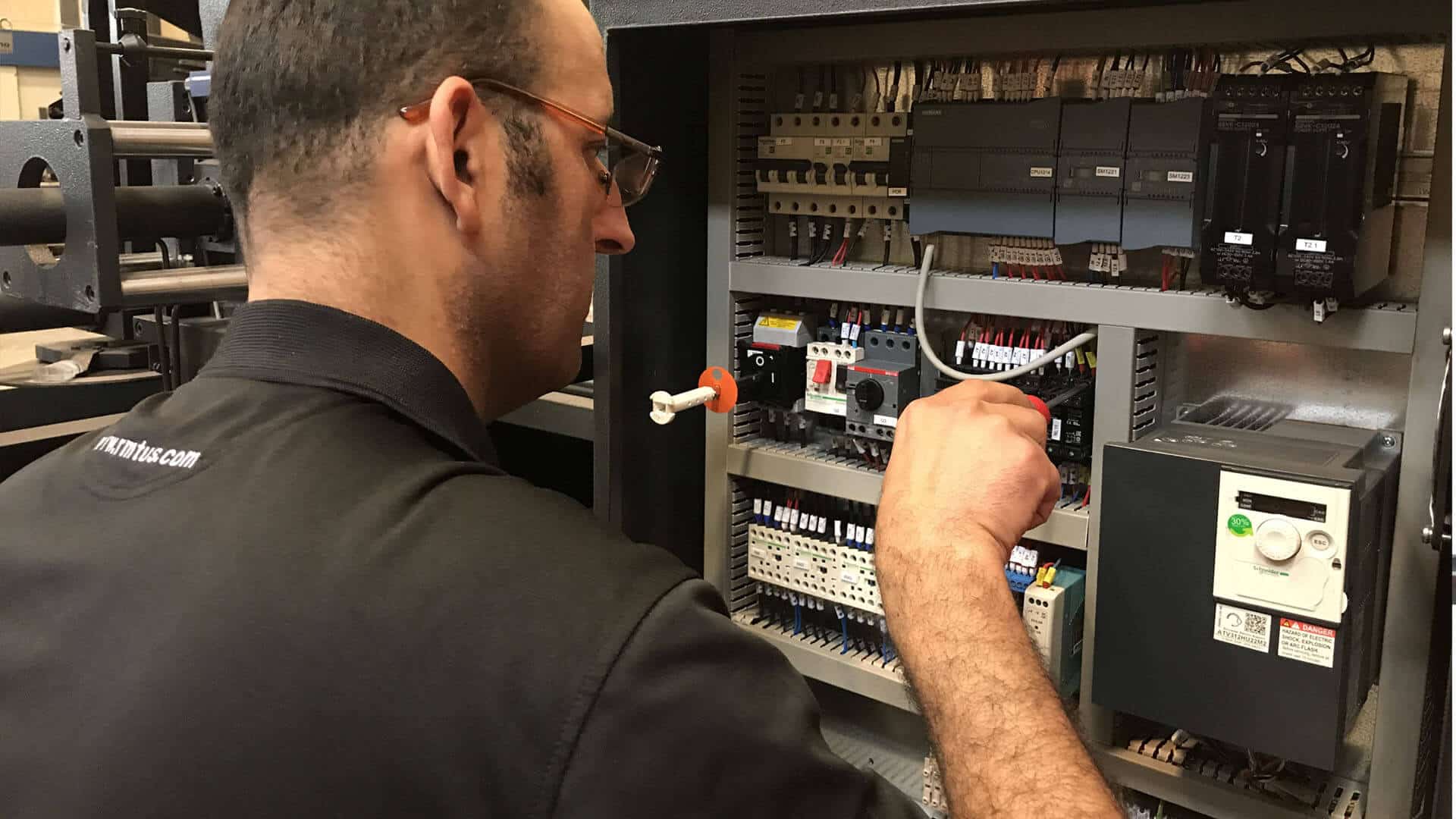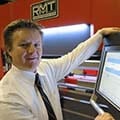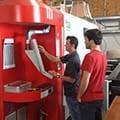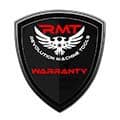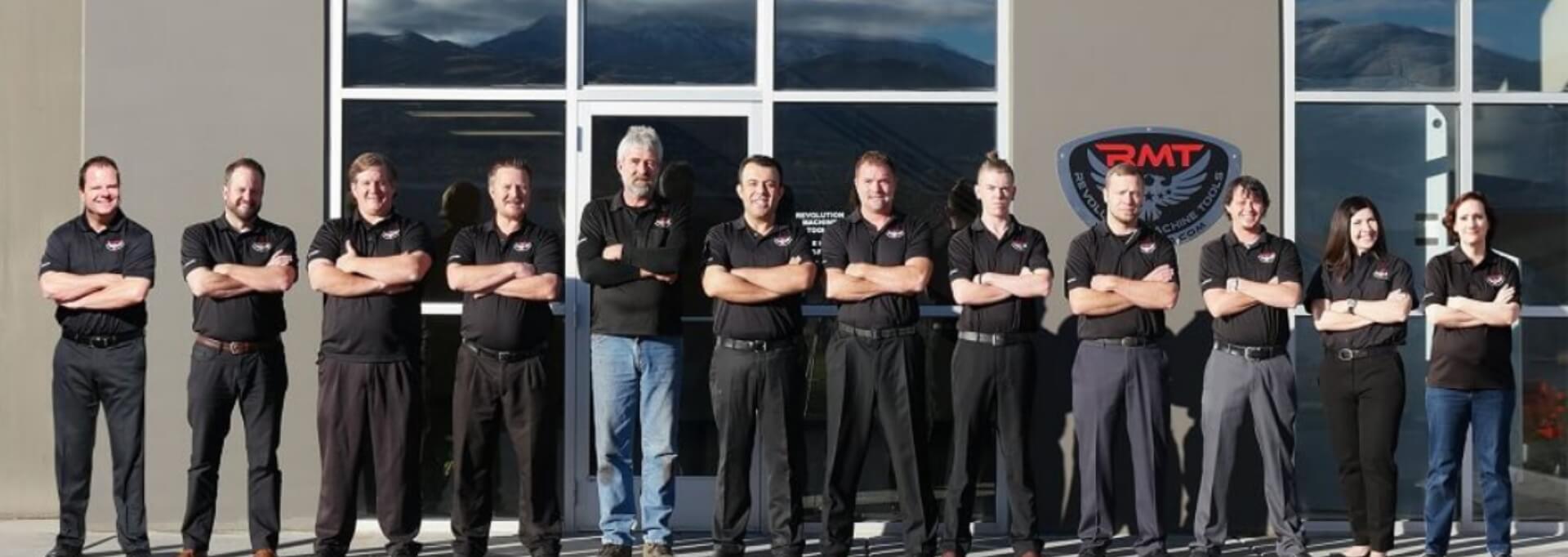If You Don’t Maintain You Will Have Pain
When a young man buys his first pickup or sports car, it’s a given that for a good while he will be keeping it washed and polished, with all fluid levels topped off and regular cleaning performed on the interior. He’s proud of his new purchase, and rightly so, and he wants it to stay at peak performance and always looking good.
Metalworking machines should be thought of in the same way and given the same care, but not just for the first few weeks or months. You’ve spent a lot of money to buy your new press brake or band saw or lathe, so you want it to stand the test of time and serve you well for many years, in addition to possibly being a showpiece on your shop’s floor that you can proudly display to your customers when they drop in.
Proper maintenance from the day of purchase until the moment a machine is finally retired from service is critical to it lasting longer and performing consistently and efficiently. A neglected machine will have excessive downtime and might even sustain permanent damage during operation that will require replacement instead of repair.
Three Basic Rules
Every machine tool and piece of metal fabrication equipment runs differently from all others, so their maintenance needs likewise also differ. The one constant is that they all require routine maintenance, as well as a few occasional repairs along the way.
In addition to some specific suggestions that will be discussed in a moment, here are three general rules that can save you and your staff many headaches over the long haul:
- Read the Manual. It’s a pretty basic idea, but it’s amazing how many people dismiss the notion of making a machine manual priority reading, rationalizing that “if there’s ever a problem, I’ll check it then.” That is a guarantee that there will definitely be more than one problem. It’s human nature to want to get right into using a new device of any kind (after all, when was the last time you read the manual to your new cell phone or toaster or alarm clock?) but manufacturers have manuals written for a reason. Each manufacturer knows through experience what their specific machines need. Manuals should be required reading for all employees who will be handling the machines, both for safety and operation tips as well as for maintenance schedules. (Please note that it won’t do you and your staff a bit of good to read a manual if you and they don’t also follow it!)
- Keep Machines Clean and Lubricated. Regardless of the machine, all pieces of metalworking equipment and their tooling need to be kept clean of substances and particles that can interfere with their operation. Also, every machine with moving parts needs some sort of lubrication to make sure they continue to operate smoothly. If every employee in the shop can remember these two simple concepts, looking daily to find ways to apply them with each and every tool they use—big or small—most maintenance issues will resolve themselves.
- Maintain Your Most Important Asset First. Keeping a metalworking machine maintained in perfect working order won’t help your operation if you aren’t properly maintaining the most important asset in your shop: your people. If your machine operators don’t feel valued, they in turn may not put much value into keeping your machines maintained. Make certain their safety and comfort are taken care of so that they have buy-in on keeping your machines—and your company—running smoothly.
Maintenance A to Z
Here’s a list of additional maintenance tips to consider as you review the needs of each of the metalworking machines in your shop:
- Accessories. In the process of keeping your machines maintained, be sure to also maintain their accessories. A dirty, impaired or mismatched accessory can cause damage to your equipment.
- Alignment. Check the alignment of your machine (and especially your tooling) frequently, and always perform a few test jobs prior to a big run. Make sure new machines are calibrated before their first use.
- Assignment. Specific employees should be assigned the responsibility of overseeing all maintenance on each machine or over a particular type of maintenance throughout all the machines of the shop. This will help reduce confusion that could lead to either missed maintenance or doubled-up tasks.
- Back Up. If you have any CNC machines in your shop, backing up the programming for their controls every few weeks could save serious downtime later.
- Break In. To avoid breaking a tool, be sure to break it in. For example, new band saw blades should be broken in to temper them to last longer, and if a spindle has been idle for an extended time is should be broken in for a few minutes before running the job.
- Charts. Unless the maintenance schedules in each machine’s manual is consulted frequently, essential procedures may be overlooked. To simplify things, it’s wise to mount a chart prominently on each machine that displays its maintenance schedule for ease in following. In order for a shop to be really well organized, it might not hurt to create a master schedule chart in the facility that calendars out critical maintenance for all machines throughout the year.
- Common Sense. Operators should be encouraged to always use their common sense when they approach each job. For example, they might want to ask themselves if a particular job might potentially overtax a machine’s capacities, or if it might pose a risk to themselves or other personnel. If they answer with a “yes” in either case, then perhaps discussing options with management would be a good strategy before irreparable damage might be done.
- Communication. The vast majority of problems in a business seemed to be caused by miscommunication. This applies equally to problems in the shop as it does in the sales or accounting departments. Management should communicate all maintenance instructions and safety rules simply and clearly to shop staff and employ some sort of regular testing methods to gauge their understanding and compliance.
- Competence. Ensure that whoever is performing each maintenance duty is competent—and licensed, if need be—to do the task. For example, if you need to run power lines to a new machine, hire a licensed electrician if don’t have one on staff. No matter the skill level of your shop personnel, there are always times to call in outside help, even if just to occasionally get a different perspective. Annual preventative maintenance check-ups are a good time to have a third party determine if any critical care has been overlooked.
- Conversion. Converting millimeters to inches and liters to gallons is commonplace in a shop, but staff also have to be aware that some maintenance schedules may also have to be converted to apply them to your operation. For example, if you are running shifts around the clock or have reduced hours in your workday, schedules in the manual that are set in days instead of hours will have to be adapted to apply to your non-eight-hour situation.
- Culture. Much is made in business circles of the concept of corporate culture, or the shared values and philosophies that keep a team of employees cohesive in their efforts. Instilling a shared culture of preventative maintenance and safety practice among operators, technicians and other shop workers will help them stay engaged and committed to keeping machines and people alike working safely and efficiently.
- Differences. Keep in mind that very similar machines can have some wide differences in their maintenance requirements. Two machines from the same manufacturer that have different capacities might require some variances in maintenance procedures, as might two identically sized machines from different manufacturers.
- Downtime. Educate all employees on the downtime costs for each machine that they have any responsibility towards. Recognizing the financial loss that your company—and by extension, they themselves—could face due to a poorly maintained machine may prompt them to help keep avoidable repairs to a minimum by following procedures.
- Dryness. Keep moisture away from machines, except for required cutting fluids or lubricants. Don’t store machines outside except in extreme circumstances and then with full-body tarping. Have employees keep beverages away from machines. Be cautious about using evaporative cooling fans too close to metalworking equipment. Not keeping machines dry can cause problems ranging from minor cosmetic damage to more serious issues like component rust and electrical shorts.
- Feel, Hear, Smell. The phrase “passing the smell test” is often used to refer to an instinctive or logical intuition about whether a situation feels “off” to the observer. Literally applying a smell test to machines and their operation is important too. If operators or other shop personnel smell a burning or other odd odor, it should be checked out right away. Likewise, hearing a strange sound or feeling a weird vibration suddenly coming from a machine could be a warning that something is no longer working right. “Better safe than sorry” is a good motto for shop staff to adopt.
- Gentleness. Metalworking machines are pretty tough, as are most of the operators running them. But that doesn’t mean that damage won’t happen when machines and their accessories are abused. Tooling should be mounted firmly, but with care not to force it, which could possibly result in misalignment or damage. Likewise, using a high-pressure air hose to clean the grit and grime from a machine might actually force the dirt into places where it could cause damage during operation. Clean, non-abrasive cloths should be used to wipe down delicate parts like safety lasers or touchscreen controls. Just because grandpa used to pound on his old television set to make the channel clearer doesn’t make it a good technique to try in machine operation or maintenance.
- Inspection. Operators should always be inspecting their machines, before, after, and especially during use. Having others inspect maintenance work newly performed on a piece of equipment may help catch small oversights. Was the machine just cleaned? Someone else should inspect it. Repaired? Upgraded? Lubricated? New tooling mounted? Have someone inspect the work that was done to make sure nothing was overlooked and that new problems weren’t created.
- Installation. Professionals should prepare, install, align and test newly acquired machine tools and metal fabrication equipment before the owners or operators ever run them. If a machine is installed incorrectly or operated before the installation is complete, misalignments, excessive wear and even serious damage can occur.
- Lock Out. During cleaning and other maintenance, especially on electrical systems, the power to a machine should be shut off, disconnected and locked out. Unless an inspection process requires a machine to be powered up for proper evaluation, no chances for machine damage or personal injury should ever be taken during maintenance.
- Prioritizing. Procrastination is the enemy of any business and allowing it into a production environment can bottleneck productivity across the board. Personnel should prioritize all of their tasks each day, week and month and include maintenance tasks high on their to-do lists. Putting off maintenance to save a little time now can result in larger losses of time later.
- Production Scheduling. When you install a new piece of machinery and start scheduling the various projects for it, be sure to include the factory-specified cleaning and maintenance in your planned production schedule.
- Record Keeping. Keep detailed records of all service and routine maintenance of each machine for future reference as well as warranty purposes. The records should be kept where they can be accessed easily by shop personnel.
- Redundancy. Some might consider redundancy to be the domain of overly fussy people but having backups and contingency plans can be vital in many aspects of machinery maintenance. Keeping a machine’s manual safe in the electrical cabinet is great but also keeping a digital copy of the manual offsite in cloud storage where it can be retrieved if something happens to the original is even better. Cross-training personnel to fill in for an operator experiencing an unplanned absence can also keep production moving.
- Safety. Safety should be a key concept for all shop personnel, both in regard to people and machines. Productivity and profits suffer when preventable damage of any sort happens. Personal protective gear should be issued to all operators and assistants, and other staff and visitors should be kept at a safe distance from production. All guarding and safety measures on each machine should be installed and regularly tested. Machines themselves need to have safeguards in place to protect against electrical and hydraulic overloads and other operational damage.
- Sharpness. If your machine is designed to cut or chip metal, then it has tooling that needs to be kept sharp. Such tooling should be checked and sharpened regularly—and always carefully handled—to ensure production standards are maintained.
- Storage. Accessories, spare parts and consumables should be stored carefully in clean, temperature-controlled locations that are positioned for quick access by operators.
- Tagging. Create a system in your operation to tag all worn or damaged machines and tools to keep them from being unwittingly used by personnel until they are repaired or removed from service.
- Tightness. Any machine with more than one part—which is almost any tool created since the stone knife—needs to be kept tight in all connections so that misalignments, excessive wear and even dangerous conditions can be avoided. Operational vibrations will eventually loosen even the tightest connections, leading to serious damage if not corrected. Operators should inspect machines as they clean them to see if any parts are working loose. In contrast, moving parts on a machine should be kept from sticking or tightening up if they sit idle for an extended time. Occasionally powering up and cycling a machine or rotating a spindle by hand can keep loose parts loose.
- Tooling. You may have a top-notch metalworking machine on the floor, but if you are using old, worn or substandard tooling, both part accuracy and machine performance will be affected. Tooling also has to be cleaned and otherwise maintained, and it needs to be installed or seated correctly and aligned properly to do the job right.
- Training. All operators—and potential operators—of a metalworking machine should be trained in operation and maintenance when the machine is installed. Ongoing training of shop staff in new techniques and technology is also important. It may cost a little time and money, but it will result in having professionals on the job who always know what they are doing, thereby keeping production flowing and machines operating at peak performance.
- Warranty. Following the manufacturer’s schedule of maintenance doesn’t just keep your machines running smoothly, it keeps you from voiding your warranty and costing you much more in the long run. Employees need to be reminded of this and possibly be accountable for unneeded costs due to warranty violations.
- Work Area. All shop personnel need to assist in keeping work areas around each piece of equipment clean and hazard-free. The placement of current and potential material handling devices must be taken into account when planning the layout of each soon to be bought (or soon to be moved) machine.
- Zero Tolerance. Employees should be cheerfully encouraged to follow all company safety protocols and maintenance guidelines, but they also need to be held accountable. Having a zero-tolerance policy for violations in these areas, with set disciplinary actions, will provide greater motivation for compliance. Many unnecessary costs can be eliminated if employees recognize that their own livelihood might be on the line.
Your metalworking machines and other shop equipment are a sizeable investment, one that you willingly made knowing the potential profits they could generate. By requiring that shop personnel exercise caution daily and carefully follow preventative maintenance schedules, your return on that investment will continue to increase as your machines stay in productive operation year after year until—or possibly beyond—their estimated life expectancies.
